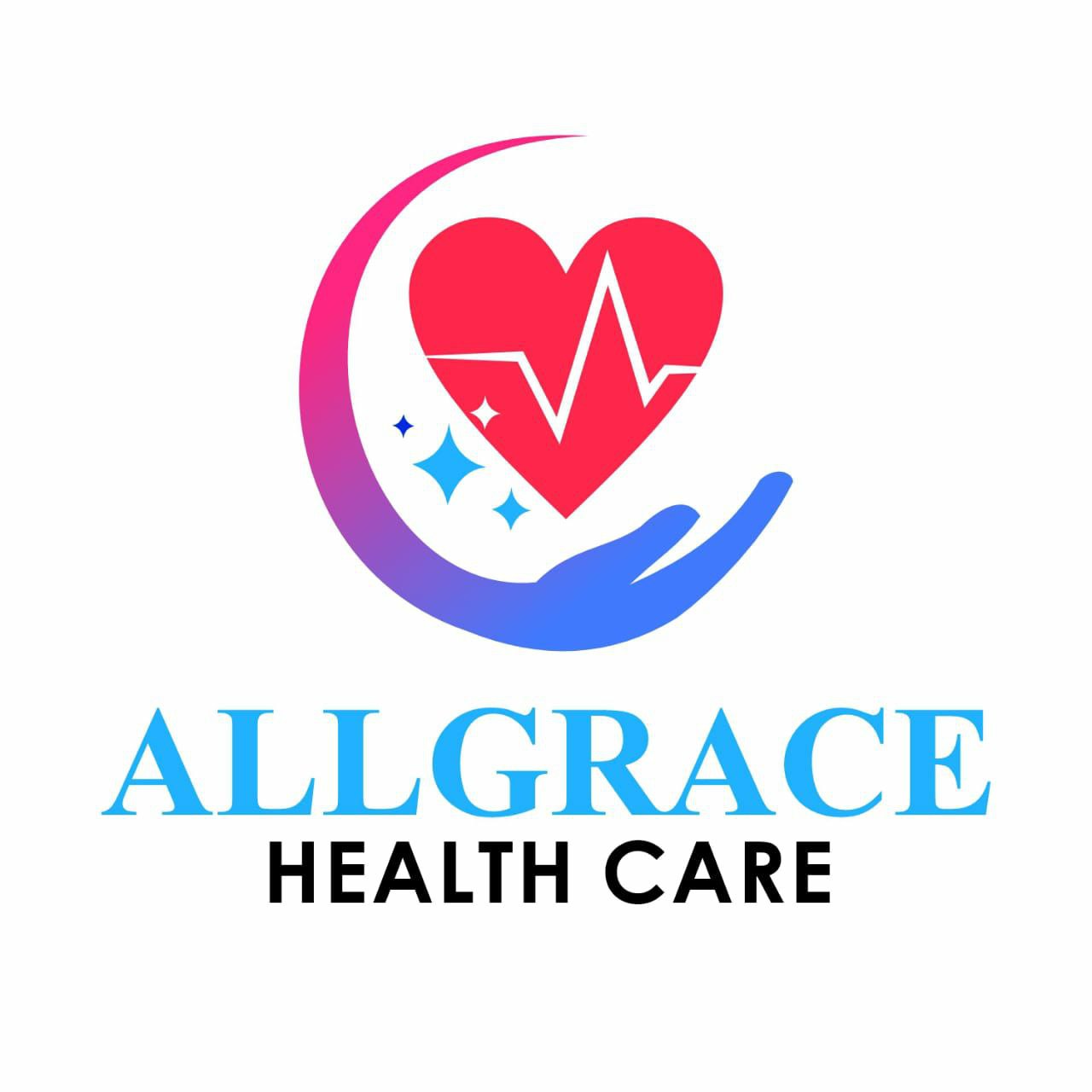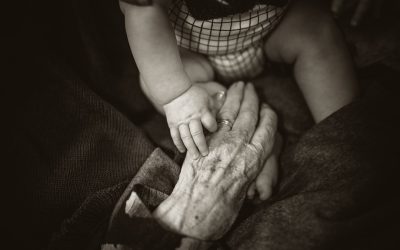“Falls are a leading cause of injuries and death among older adults, and this risk is even higher in long-term care facilities. In fact, about one-third of all falls in the elderly occur in nursing homes and assisted living facilities. While falls are a common occurrence in these settings, there are many ways that caretakers can help to prevent them. This guide will cover some of the most important steps that caretakers can take to reduce the risk of falls and promote safety in the home.
Absolutely! According to the Centers for Disease Control and Prevention (CDC), about 1 in 4 Americans over the age of 65 fall each year. Among adults over the age of 85, this number increases to 1 in 2. Additionally, fall-related injuries result in over $50 billion in medical costs each year. The CDC also estimates that falls are the leading cause of both fatal and non-fatal injuries in older adults.
Some Risk Factors Associated With Falls in Care Homes
No worries at all! Here are some of the most common risk factors for falls among older adults:
- Vision problems: Poor vision can increase the risk of falls because it can make it difficult to see obstacles and hazards. Additionally, poor vision can make it difficult to move safely around the home. This is especially true at night, when poor lighting can make it hard to see clearly.
- Muscle weakness or poor balance:Muscle weakness and balance problems are very common among older adults, and they can significantly increase the risk of falls. Weak muscles and poor balance can make it difficult to walk and move safely, and they can also make it hard to react quickly to a fall. Physical activity and strength training can help to reduce the risk of falls by improving muscle strength and balance.
- Use of certain medications:Many medications can increase the risk of falls in older adults. For example, some medications can cause dizziness or drowsiness, which can make it difficult to move safely. Certain medications can interact with each other or with alcohol, which can further increase the risk of falls. It’s important to talk to a doctor or pharmacist about the potential side effects of any medication before starting or changing a medication regimen.
- Slippery floors or surfaces
- Poor lighting
- Loose rugs or other trip hazards
- Lack of grab bars or handrails
- Environmental hazards, like stairs, Loose rugs, uneven floors, and other obstacles can increase the risk of falls. It’s important to keep the home environment as safe as possible, and to remove or repair any hazards. This includes making sure there is good lighting throughout the home, and that stairs and doorways are well-lit. Additionally, grab bars or handrails can help to provide support and stability.
Some Preventive Measures of Falling
There are many things that can be done to reduce the risk of falls in older adults.
- Regular physical activity can help to improve balance and strength. Additionally,
- It’s important to maintain a healthy weight and to eat a balanced diet.
- It’s also helpful to have an annual eye exam to check for vision problems, and to check with a doctor about medications that may increase the risk of falls.
- The importance of home safety assessments. A home safety assessment is a process where a trained professional assesses the home for any potential hazards, and makes recommendations for how to make the home safer. This can include things like installing grab bars, adding better lighting, and removing fall hazards.
- It’s important to wear properly fitting shoes with good traction.
- It’s a good idea to use assistive devices like walkers or canes if needed. Another helpful tip is to use non-slip mats in the bathroom and kitchen.
- It’s a good idea to use night lights to illuminate hallways and stairways.
What to do when Fall Occurs
There are several steps to take if someone has fallen.
it’s important to check for any injuries and to call for help if needed. Then, if possible, the person should try to get into a comfortable position, such as sitting or lying down. If they can’t move without pain, it’s important to stay still and wait for help. And finally, it’s a good idea to try to stay calm and take slow, deep breaths.
Some Additional Resources for Fall prevention.
some additional resources that people can use to learn more about fall prevention.
The CDC has a website called “Stay Independent, Stay at Home” that has a lot of helpful information. There are also many local organizations that offer home safety assessments and other resources.
Iit’s also important to mention that falls can have a major impact on a person’s quality of life. They can lead to injuries, loss of independence, and even death. However, there are many things that can be done to reduce the risk of falls and to improve the quality of life for older adults.
It’s important to talk to a doctor about any health concerns or changes in mobility. This can help to identify any issues that might increase the risk of falls, and it can also help to make sure that any medications are being taken safely.
Key Points
- Falls can be dangerous for older adults and can have a major impact on their quality of life.
- There are many things that can be done to reduce the risk of falls, including staying active, talking to a doctor about health concerns, and making sure the home is safe.
- It’s important to take action to prevent falls, but it’s also important to know what to do if a fall does occur.
Bottom Line
“Falls are a serious issue for older adults, but there are many things that can be done to reduce the risk. By taking the right precautions, older adults can stay healthy, active, and independent.”





0 Comments